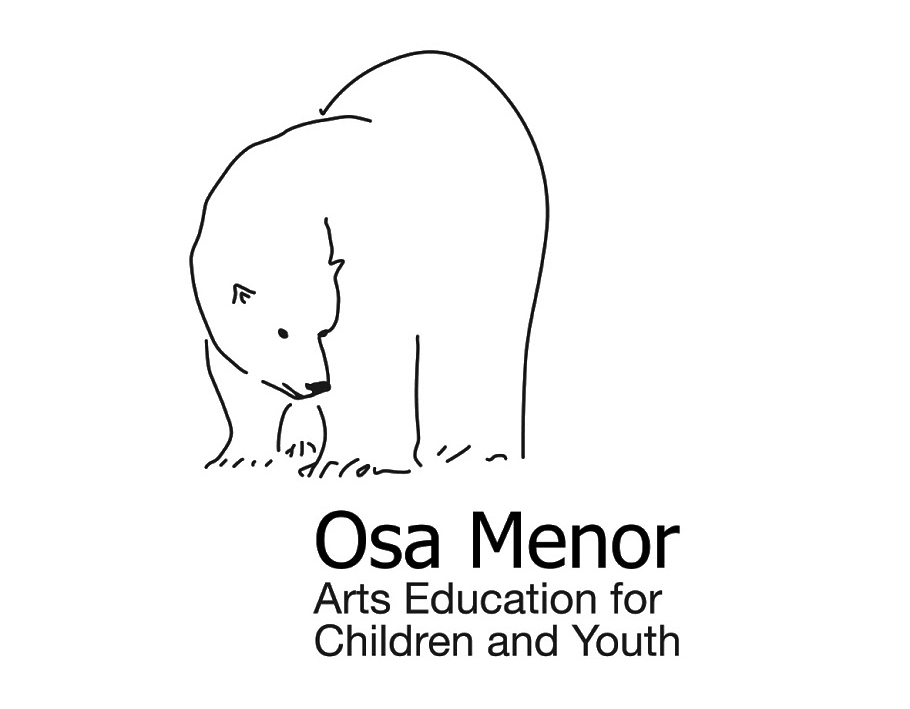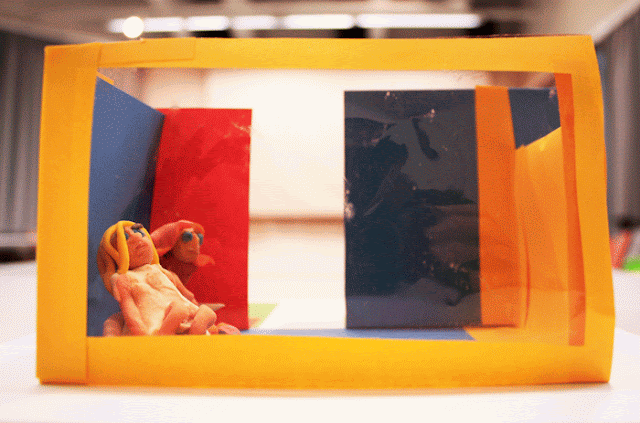Jorge Raedó, member of WHAT IS A, made the new workshop "Iris room 2011", September 24th. Irina Soboleva, responsable of Babel Workshops (http://www.babel-pajat.fi/Jorge-Raedo-FI.html)_Helsingin Taidemuseo (http://www.hel.fi/wps/portal/Taidemuseo?WCM_GLOBAL_CONTEXT=/Taimu/fi/Etusivu) collaborated with the workshop. Photos: http://www.flickr.com/photos/whatisarchitecture/sets/72157627747139644/show/
Original Finnish Pavilion 1900 (Paris)
About the IRIS ROOM, PARIS WORLD EXPOSITION 1900
The Russian Grand Duchy of Finland received permission to set up its own pavilion at the Paris World Exposition in 1900.The pavilion showcased the nation’s achievements in arts, science, culture and business. Under the leadership of the chief commissioner of the Finnish pavilion, painter Albert Edelfelt (1854–1905), the best artists of the time were recruited to design and build the pavilion.
Akseli Gallen-Kallela’s contribution was particularly visible in the decoration of the interior. On the vaulted ceilings of the entrance hall he painted murals on themes from the Kalevala, as well as ornamentation. Moreover, the artist’s friend Louis Sparre (1863–1964), who managed a ceramics factory named Iris in Porvoo, asked Gallen-Kallela to design a showroom for the factory in the pavilion.
Gallen-Kallela’s Iris Room was a perfectly furnished space which resembled the living room of an ordinary home. Apart from the furniture, Gallen-Kallela designed the textiles and details, down to the fittings of the curtain rods and the doors. Ceramics from the Iris factory were placed on shelves, tables and the mantelpiece as part of the décor. The textiles in the room were made by the Friends of Finnish Handicraft. The design of the furniture and textiles in the Iris Room echoed the design idiom in Gallen-Kallela’s wilderness home and studio, Kalela.
Gallen-Kallela’s furniture and textile designs were executed in a modern and stylised idiom whose inspiration came from Finnish nature. As a result, the room appeared fresh and original. A textile frieze with a grouse motif ran around the walls. Cascading down from the wall over a bench and onto the floor, the Liekki (‘Flame’) wall rug (ryijy) was an example of Finnish textile traditions, modernised by abstracting a motif from nature.
After the exhibition, the interior of the Iris Room was dispersed: some of it stayed in Paris and two chairs were taken to Hamburg, where they remain to this day in the collections of the Museum für Kunst und Gewerbe. The original grouse frieze is deposited in the Finnish Design Museum. Liekki remains a popular rug pattern available from the Friends of Finnish Handicraft. Only a few black-and-white photographs









